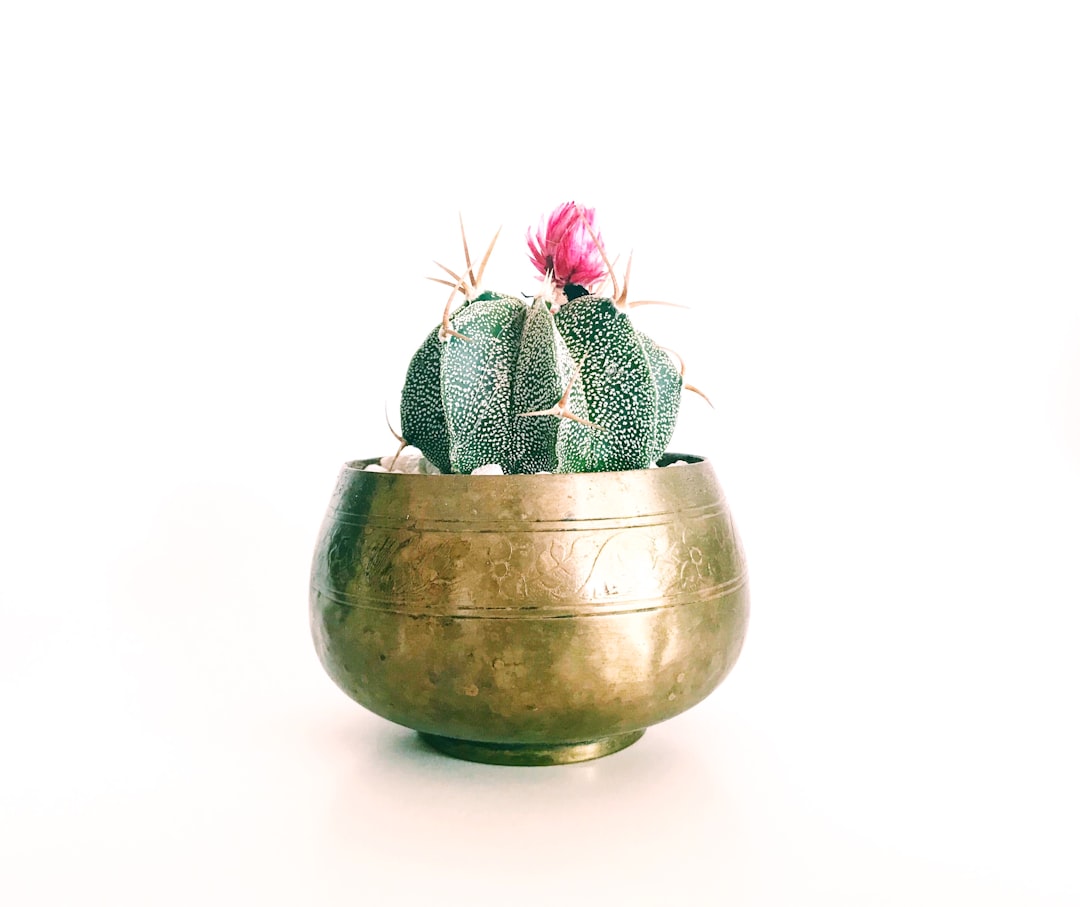Exploring the inner workings of plant life
Have you ever wondered how plants know which way to grow, or how they manage to survive under changing weather conditions? Behind the quiet stillness of a forest or a single blooming flower lies an incredibly dynamic system of processes. These include growth, development, movement, and reaction to the environment—all governed by the fascinating field of plant physiology.
In this post, we’ll explore how plants function internally, how they grow and develop, and how they sense and respond to their surroundings—all without a brain or nervous system.
🌱 What Is Plant Physiology?
Plant physiology is the study of the physical, chemical, and biological processes that occur within plants. It seeks to answer questions like:
-
How do plants grow?
-
How do they produce food?
-
How do they respond to light, gravity, and water?
-
What roles do plant hormones play?
Understanding plant physiology is essential for agriculture, horticulture, environmental science, and even space exploration.
🌿 1. Plant Growth and Development
Plants grow from tiny seeds into complex organisms through tightly regulated processes.
🔸 Cell Division and Expansion
-
Meristems are regions in plants (like root and shoot tips) where cells actively divide.
-
After division, cells elongate and differentiate into specialized tissues like xylem, phloem, and epidermis.
🔸 Primary vs. Secondary Growth
-
Primary growth increases length (occurs in apical meristems).
-
Secondary growth increases thickness (occurs in lateral meristems, like the cambium in woody plants).
🔸 Phases of Development
-
Germination – A seed absorbs water, resumes metabolism, and begins to grow.
-
Vegetative growth – The plant focuses on leaves, stems, and roots.
-
Reproductive development – The plant produces flowers, fruits, and seeds.
🌿 2. Photosynthesis and Respiration
🌞 Photosynthesis
This process transforms sunlight, carbon dioxide, and water into glucose and oxygen. It fuels plant growth and forms the base of the food chain. (See our detailed post on photosynthesis!)
🔥 Cellular Respiration
Plants use some of the glucose they make to produce ATP (energy), especially in the absence of sunlight:
C6H12O6+6O2→6CO2+6H2O+energy(ATP)C_6H_{12}O_6 + 6O_2 → 6CO_2 + 6H_2O + energy (ATP)
This energy is essential for all life processes in the plant.
🌿 3. Water and Nutrient Transport
Plants rely on two main transport systems:
🔸 Xylem
-
Moves water and dissolved minerals from roots to leaves.
-
Driven by transpiration (evaporation from leaf surfaces), creating a suction force.
🔸 Phloem
-
Distributes sugars and organic compounds from leaves to other parts of the plant in a process called translocation.
Together, these systems form a vascular network similar to a circulatory system in animals.
🌿 4. Plant Hormones: Nature’s Internal Messaging System
Plants use chemical signals—called phytohormones—to control growth and responses.
Major Plant Hormones:
-
Auxins – Stimulate elongation, control phototropism and gravitropism.
-
Gibberellins – Promote stem growth, seed germination, and flowering.
-
Cytokinins – Promote cell division and delay aging in leaves.
-
Abscisic acid (ABA) – Regulates stomatal closure, helps with drought resistance.
-
Ethylene – A gas that promotes fruit ripening and leaf drop.
Hormones often work in balance, and even small concentrations can have large effects on plant development.
🌿 5. Environmental Responses (Tropisms and Nastic Movements)
Despite lacking nervous systems, plants can perceive and respond to stimuli like light, gravity, touch, and water.
🔸 Tropisms (Directional growth responses):
-
Phototropism – Growth toward light (auxin plays a key role).
-
Gravitropism – Roots grow down, shoots grow up in response to gravity.
-
Hydrotropism – Roots grow toward moisture.
-
Thigmotropism – Plants respond to touch (e.g., climbing vines wrapping around supports).
🔸 Nastic Movements (Non-directional):
-
Nyctinasty – Leaf or petal movements based on day-night cycles.
-
Thigmonasty – Rapid response to touch (e.g., the Mimosa pudica plant folding leaves).
🌿 6. Stress Physiology
Plants constantly face biotic (insects, fungi) and abiotic (drought, temperature, salinity) stressors.
They cope using:
-
Physical defenses: Thorns, waxy coatings, or tough leaves.
-
Chemical responses: Producing compounds like tannins or alkaloids.
-
Stress signaling pathways: Hormones like ABA or salicylic acid activate genes that help plants adapt or defend themselves.
🌻 Final Thoughts
Plant physiology uncovers the incredible ways that plants live, grow, and respond—all without moving from their spot. From using hormones to guide development to adapting to harsh environments, plants are marvels of biological engineering.
Understanding these processes is not just fascinating—it’s essential. It helps us grow better crops, conserve ecosystems, and develop sustainable agricultural practices in a changing climate.
Next time you walk through a garden or forest, remember: beneath the surface, plants are actively sensing, growing, and responding to the world around them—one chemical signal at a time.

Comments
No comments yet. Be the first to comment!
You must be logged in to comment. Login